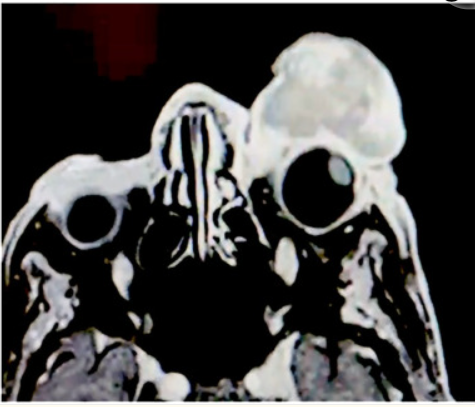
A study published in Investigative Ophthalmology and Visual Science found that retinal nerve fiber layer (RNFL) thinning may be detectable sooner, but true functional change appears to predict and precede thinning of the RNFL in patients with glaucoma.
It is often suggested that structural change is detectable before functional change in glaucoma, so researchers assessed whether a time lag exists between the true rates of change in structure and function, regardless of clinical detectability of those changes.
Researchers used data from participants enrolled in the ongoing longitudinal Portland Progression Project, which is assessing the progression and diagnostic testing in glaucoma. Researchers used structural equation models to determine whether the rate of change in function (mean linearized total deviation [AveTDLin]) or structure (RNFL thickness [RNFLT]) was predicted by the concurrent or previous rate for the other modality, after adjusting for its own rate in the previous time interval (defined as two visits occurring in consecutive six-month time periods).
The study included 1,135 pairs of consecutive visits from 318 eyes of 164 participants with glaucoma or with likelihood of glaucoma development. The mean time between visits was 207 days (range, 161-364 days).
Among the cohort, 30 eyes demonstrated a significantly negative rate of change of mean deviation based on visits 1-n, for some number of visits n ≥4, by the end of their series; 57 eyes demonstrated a significantly negative rate of age-corrected RNFLT before the end of their series (P=0.001).
The rate of change of AveTDLin was predicted by its own rate in the previous time interval, but not by rates of RNFLT change in either the concurrent or previous time interval (P>0.05 for both). The rate of RNFLT change was not predicted by concurrent AveTDLin change after adjusting for its own previous rate; however, the rate of AveTDLin change in the previous time interval did significantly improve prediction of the current rate for RNFLT (P=0.005), suggesting a time lag of around six months between changes in AveTDLin and RNFLT, according to the researchers.
“We present evidence of a time lag of several months, whereby loss of visual function precedes and is predictive of thinning of the RNFL in human glaucoma,” the researchers concluded. “The presence of a time lag should be taken into account when considering the pathophysiologic mechanisms that cause glaucomatous damage. It also encourages the development of improved and less variable functional testing, and use of alternative structural measures, which may allow earlier detection of damage and provide better prognostic information about disease progression.”







 © 2025 Mashup Media, LLC, a Formedics Property. All Rights Reserved.
© 2025 Mashup Media, LLC, a Formedics Property. All Rights Reserved.